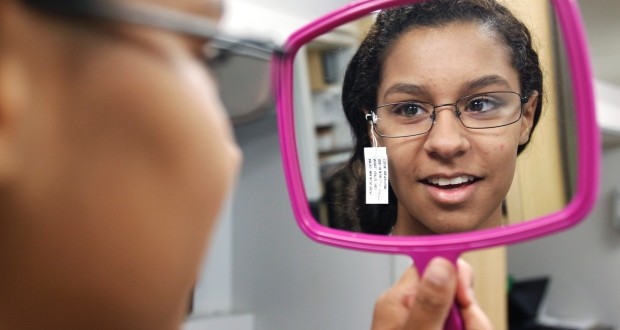Spending More Time Outside May Slow Kids’ Myopia Progression.
The study, published in the Journal of the American Medical Association, examined the effect of 40 minutes of additional outside activity daily on the eyesight of Grade 1 primary school children in China.
The children were monitored for three years and the researchers found that the extra time outdoors resulted in a 23% reduction in the incident rate of myopia (short-sightedness), compared to children who did not participate in any additional outdoor play time.
The results were measured using annual cycloplegic refraction tests and examinations of the eye anatomy.
“This reduction is clinically important because we targeted young children around six years of age, and these children are at greater risk of progressing to severe myopia if they develop myopia early,” says Prof He.
“If we can delay the onset of myopia through a simple and cost-effective intervention like this, we can provide great long-term eye health benefits.”
Young adults in East and South-East Asian countries are increasingly at affected by myopia, with 80-90% of high school graduates diagnosed with the condition and 20% of these defined as high myopia (≤-6 diopters).
Not only does this mean they require correction for refractive error (glasses or contacts lenses), but they are also at risk of sight-threatening complications such as myopic macular degeneration later in life.
The exact link between time spent outdoors and better eyesight is still unclear, however Prof He and his colleagues propose that this might involve increased dopamine release from the retina stimulated by brighter light outdoor.
Interestingly, the authors had hoped their increased time outdoor should yield up to a 50% reduction in the number of myopia cases.
“School-based initiatives could include even more time for classes outdoors, for example using school recesses to get children outdoors, encouraging parents to bring their children outdoors at weekend, or using new class-room design to provide higher indoor light intensities.
All of these strategies will help translate the research findings into community benefit,” says Prof He.
Agencies/Canadajournal
 Canada Journal – News of the World Articles and videos to bring you the biggest Canadian news stories from across the country every day
Canada Journal – News of the World Articles and videos to bring you the biggest Canadian news stories from across the country every day



